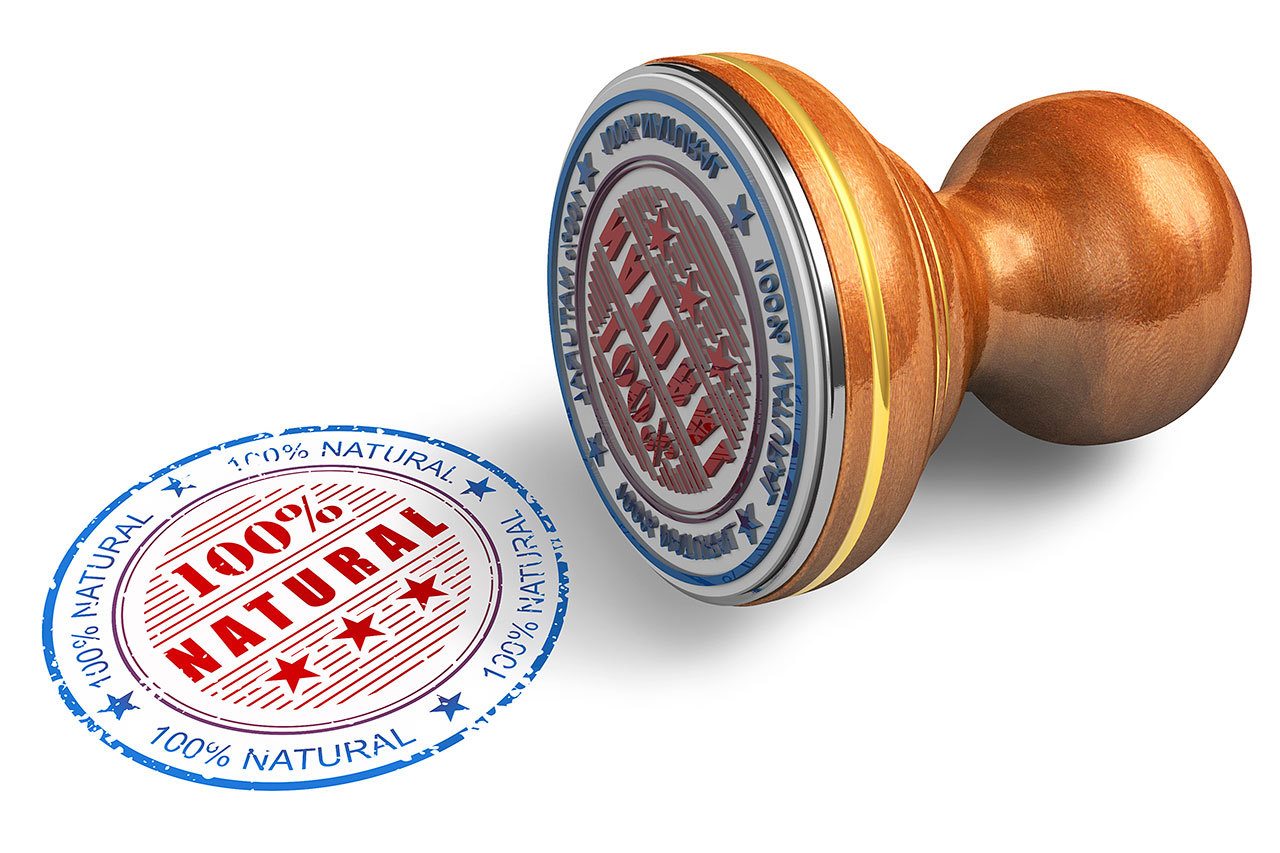With all the trendy words and phrases like no antibiotics, natural and non-GMO being slapped on food labels, it’s hard for consumers to know what to believe on products at the grocery store.
Some of these are marketing gimmicks and have little to no truth to them — while others are tightly regulated. Today I’ll give you an update on how to make sense of claims made on the labels of the food products (not dietary supplements) you buy.
The Food and Drug Administration regulates all health claims. A health claim is a statement suggesting a correlation between a food and a health condition, like heart disease.
Health claims are categorized into three areas: 1) nutrient content claims (like high in Vitamin C, low in sodium, etc.) 2) Structure or function claims and 3) Authorized and qualified health claims. The Food and Drug administration currently has 12 health claims that are approved for usage.
First, the nutrient content claims focus on specific levels of nutrients in a food like sugar, cholesterol, fat, sodium or calories. They may use words like free, high or low, or they may compare the level of a nutrient in a food to another food using words like reduced, more or less. The lingo used to describe these nutrient content claims is authorized and regulated by the FDA. This ensures that all products use the same descriptive terms that are meaningful to consumers.
Structure and function claims encompass general well-being and claims related to nutrient deficiency disease. Well-being claims describe how the nutrient or dietary ingredient acts to maintain normal structure or function of the human body. For instance, “fiber maintains bowel regularity” or “calcium builds strong bones.” These claims include a disclaimer stating the FDA has not evaluated the claims. Nutrient deficiency disease claims describe a benefit related to preventing a nutrient deficiency — like vitamin C and scurvy — and they must be linked to widespread known diseases.
Authorized health claims state that the food, nutrient or ingredient is related to prevention of a disease. These claims must meet strict criteria and are authorized by the FDA based on an extensive review of the scientific literature.
Qualified health claims are issued after a petitioning process is used to verify an emerging relationship between food, nutrient or ingredient and health. Companies apply for this, FDA researches scientific evidence and may approve it by saying it has limited evidence available.
Two words we see a lot are natural and healthy. Neither has any standard meaning or regulation. The FDA is taking public comment on the meaning of these terms and a final ruling will follow.
For now natural means no artificial, synthetic or color additives have been added. It does not address pasteurization, nutrient content or pesticide levels.
Stay tuned for more on how to interpret claims like non-GMO, no antibiotics and organic in my next article.
Kim Larson is a registered dietitian nutritionist, founder of Total Health, www.totalhealthrd.com, and a spokesperson for the Academy of Nutrition &Dietetics.
Talk to us
> Give us your news tips.
> Send us a letter to the editor.
> More Herald contact information.

























